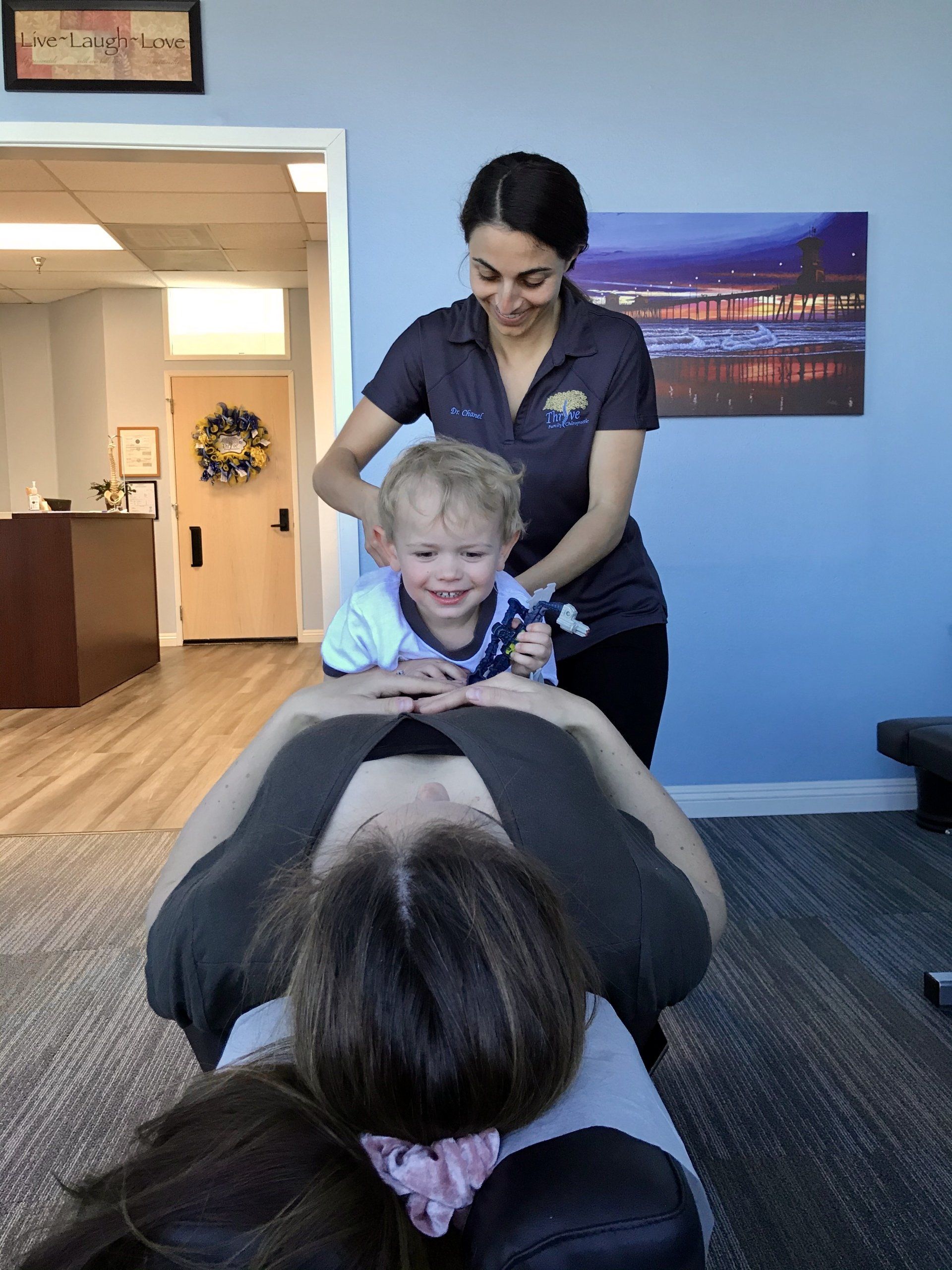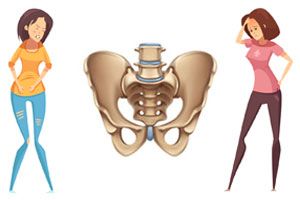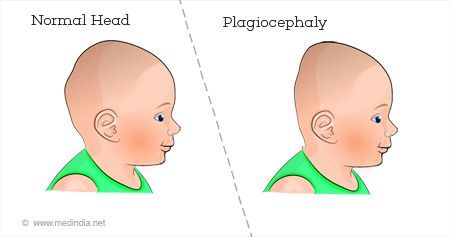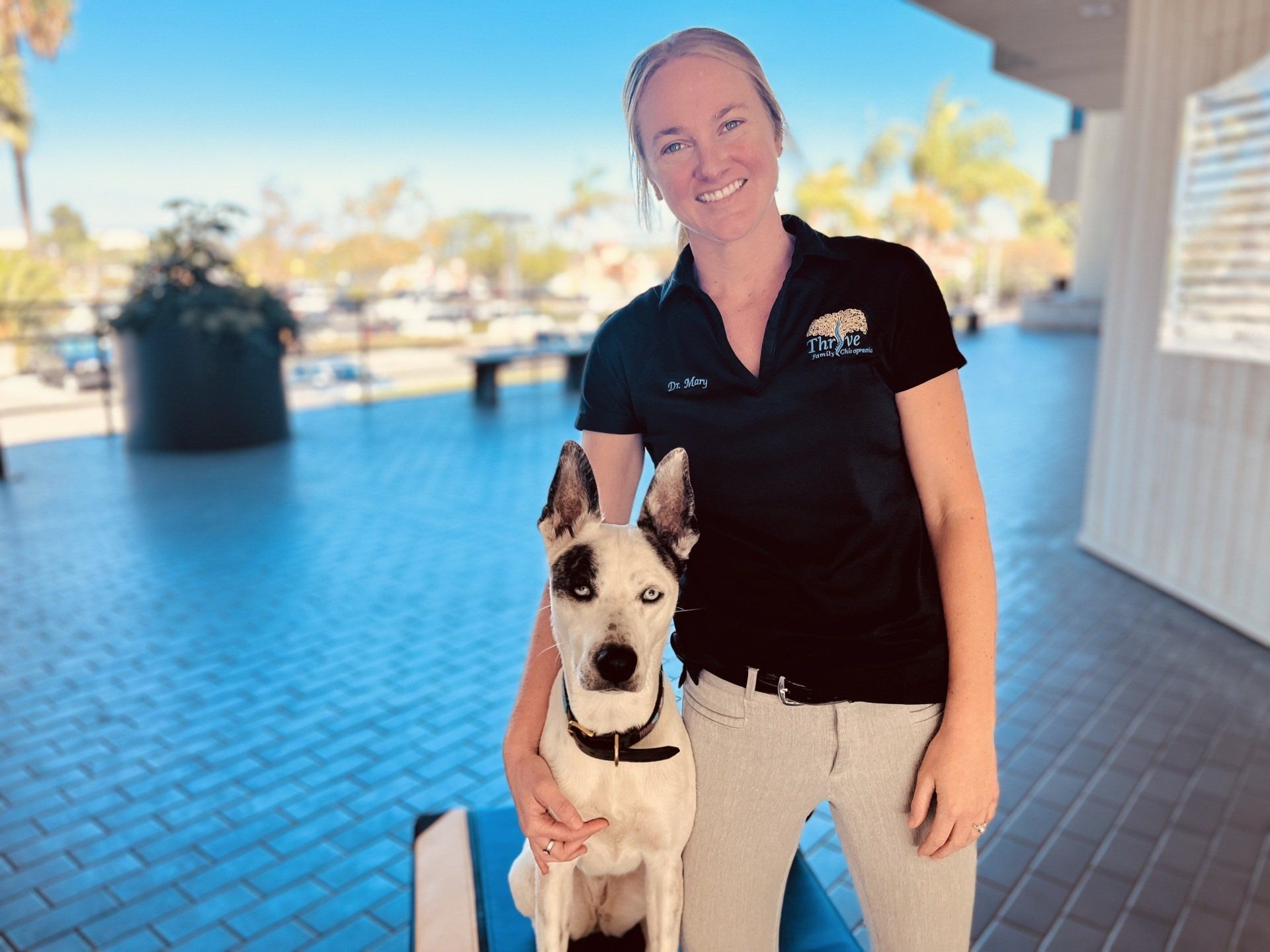What Does It Mean To Have A Short Leg?
Did Your Chiropractor Say, "You Have A Short Leg?"
What Does That Mean?

So you may have gone to a chiropractor recently, who told you that one of your legs is shorter than the other. This is a common issue that chiropractors address, so its important to understand what it could mean for you.
Every chiropractor uses the leg length inequality test to determine if there is imbalance in your body. It is performed by having you lay face down on an exam table and visualizing the length of both legs. They may even check the leg length in another position, by bringing both heels towards your glutes. This allows the chiropractor to assess the mobility of the spine and sacroiliac joints. It is also a way to visualize if the legs change in length in the second position. This simple test gives huge amounts of information to the chiropractor on what needs to be adjusted.
If you do have a difference in the length of your legs, it could mean two things:
1) You have an anatomical short leg. You were either born with this, have a condition that affects the hips (like hip dysplasia), or you’ve had some kind of injury. It means that the bones of your leg are physically shorter than the other.
2) You have a functional short leg. This is created by improper alignment of the hips or lumbar spine that creates a short leg. Having your hips not aligned causes compensation patterns within the spine, hip, and leg. It can create tighter muscles and ultimately cause discomfort or pain.
Both types of short leg patterns need different types of care.
For an anatomical short leg, you should be assessed for a heal or shoe lift. This will ensure both legs are the same length and will decrease the chances of problems later. You do this by getting an xray of the pelvis and measuring the difference in the leg bones. Then you get the correct sized lift to fix the imbalance.
For a functional short leg, the care needs a more detailed approach. The entire chain of joints need to be assessed by an experienced chiropractor. The lumbar spine, pelvis, hip, knee, ankle, and foot all need to be corrected to make permanent changes in the short leg. This takes time and consistency to make all these changes, so don’t be discouraged if your chiropractor tells you about your short leg more than once.
If you don’t address the short leg, there are common issues that follow it. Most commonly are scoliosis, muscle spasms, and increased arthritis on the short leg side. Don’t let it get to that point! Get yourself checked and address the issue at the root cause.










